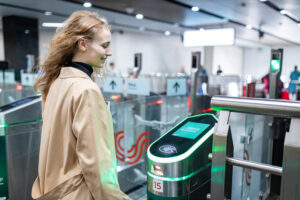MOSCOW, April 2025 — This May, the iconic —a monumental milestone for one of the world’s most renowned and efficient urban transport systems. Since its inaugural ride in 1935, the Metro has remained a symbol of comfort, reliability, and safety for millions of Muscovites and visitors alike.
Moscow Metro will celebrate its 90th anniversary.
The Metro’s humble beginnings featured a single line stretching from Sokolniki to Park Kultury, with a branch from Okhotniy Ryad to Smolenskaya—just 13 stations in total. Today, the network boasts 302 stations, with an impressive 120 of them opened since 2010.
To mark the occasion, the city is preparing a series of festive events throughout April and May. Stations will be adorned with decorations, and special themed trains, trams, and buses will roll out across the network. The historic Sokolniki station, the very first to open, will serve as a key celebration site. On May 15, it will host a historical reenactment of the Metro’s grand launch in 1935.
One of the event highlights will be the beloved train parade on the Circle Line, a spectacle that draws thousands of passengers each year. Additionally, for the first time, the Polezhaevskaya station will host an exclusive exhibition of specialized Metro equipment, including the unique diagnostic train Synergiya-2, which monitors tunnel and track conditions in real time.
At the heart of the celebration are the people—both passengers and the more than 60,000 dedicated Metro employees, many of whom see their work as a true vocation.
Starting in April, anyone can send their congratulations to the Metro’s staff and system via the Aleksandra chatbot. Messages will be displayed across over 34,000 transport screens, with the most heartfelt ones featured on the facade of the Smolensky Metro Bridge.
As the Moscow Metro turns 90, it continues to be not just a means of transportation, but a cultural and architectural landmark that connects the city’s past, present, and future.
